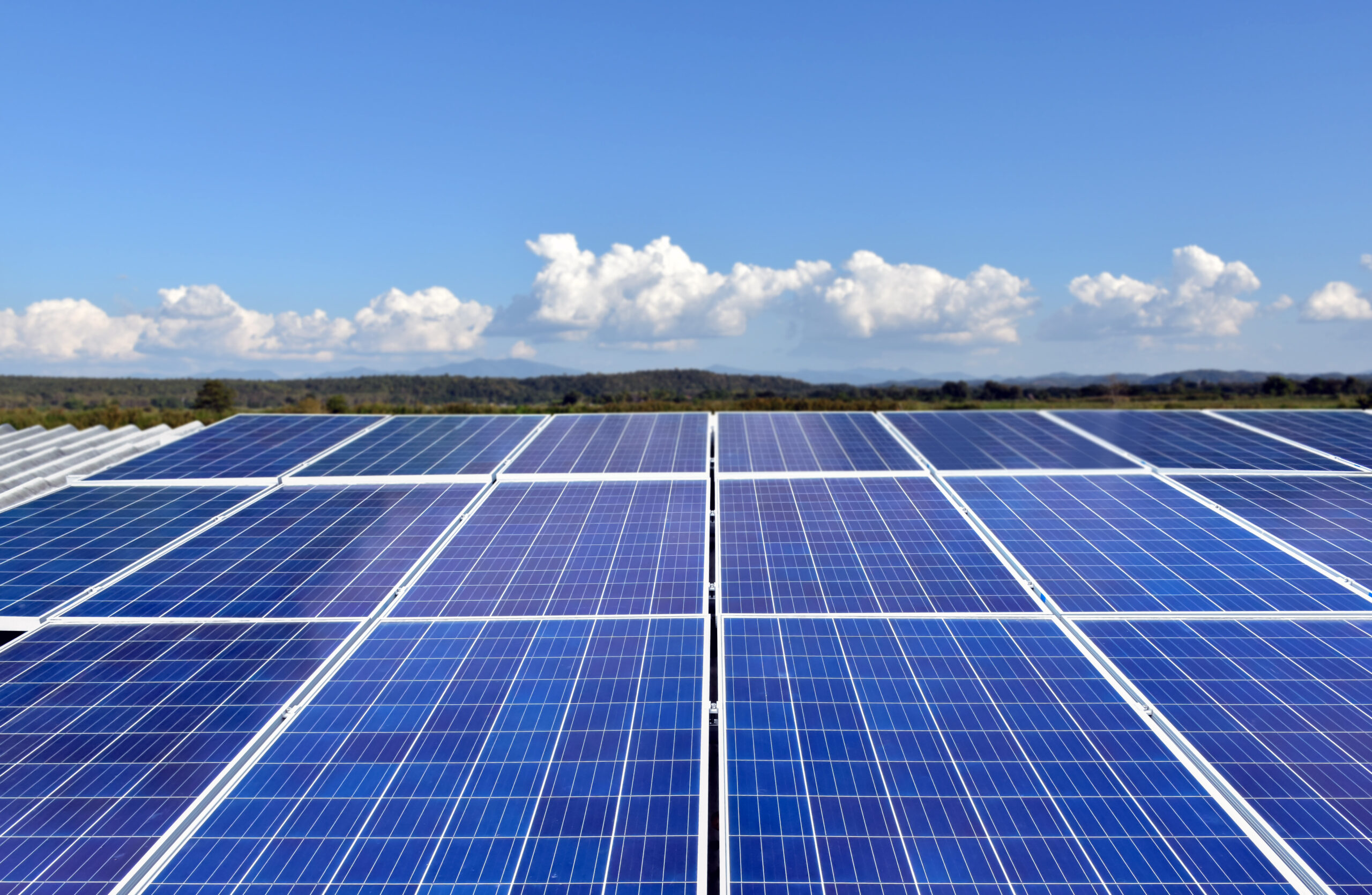
How to Make Sure Your House or Office Building is in Top Shape and Ready for Solar Energy
- 1.Solar Panel Technologies: Unveiling the Power of the Sun
- 2.Overcoming Challenges: Navigating the Complexities of Connecting Solar to the Grid
- 3.Top 10 Weirdest Innovations in Solar Energy Technology
- 4.Once You’ve Decided to Go Solar: What Are the Next Steps and What to Expect?
- 5.The Comprehensive Benefits of Adding Solar to Your Home or Business
- 6.The Impact of Solar Energy on Property Value: How Installing Solar Panels Can Boost Residential and Commercial Real Estate
- 7.How to Make Sure Your House or Office Building is in Top Shape and Ready for Solar Energy
- 8.How Seasonal Changes Affect Solar Panels and the Grid
- 9.New Year, New Energy: Why 2025 Is the Perfect Year to Go Solar
- 10.Keeping the Lights On: How Solar Energy Shields You from Power Outages
- 11.Top Solar Technology Trends to Watch in 2025
- 12.Spring into Savings: Why Now is the Best Time to Go Solar in Puerto Rico
- 13.Understanding the Process of Connecting Solar to the Grid: A Step-by-Step Guide
- 14.Solar and Gardening: Can Panels and Plants Coexist?
- 15.Summer Energy Savings: How Solar Power Can Lower Your Utility Bills This Summer
- 16.What Is Ground-Mounted Solar? A Complete Guide for Homeowners & Businesses
- 17.How Much Electricity Does Your Business Need to Go Solar?
- 18.Why Fall is the Best Time to Install Solar Panels
As energy costs continue to rise and the push for sustainability grows, more homeowners and business owners are turning to solar energy as an efficient, eco-friendly solution. Solar panels can significantly reduce your carbon footprint and save you money on electricity bills, but before you take the leap, it’s important to ensure your house or office building is in top shape to support this investment. Here’s a comprehensive guide to preparing your property for a successful solar energy installation.
- Assessing the Condition of Your Roof
One of the first things to consider when preparing for a solar installation is the condition of your roof. Since solar panels are typically installed on the roof, it’s crucial to ensure that your roof can support the added weight and remains in good condition for years to come.
Roof Age and Material
Most roofs last between 20-30 years, depending on the materials used. If your roof is nearing the end of its lifespan, or if it has significant wear and tear, it may be wise to repair or replace it before installing solar panels. The type of roofing material is also important—solar panels can be installed on most types of roofs, but certain materials, like slate or wood, may require additional preparation or specialized installation techniques.
Structural Integrity
Solar panels add weight to your roof, so you’ll need to check if your roof structure can handle the load. While solar panels are relatively lightweight, the racking system, panels, and other equipment combined can weigh between 2-4 pounds per square foot. Any existing damage, such as leaks or sagging areas, should be addressed by a professional before moving forward with installation.
Roof Orientation and Slope
The efficiency of solar panels depends largely on their exposure to sunlight. In the Northern Hemisphere, south-facing roofs generally receive the most sunlight and are ideal for solar panels. The slope of your roof also plays a role—while panels can be installed on flat roofs or those with a steep pitch, an optimal slope is between 15 and 40 degrees. If your roof doesn’t naturally meet these criteria, you can discuss alternative mounting options, such as tilted racking systems, with your installer.
- Evaluate Your Building’s Electrical System
Installing solar energy is not just about adding panels to your roof—it also involves integrating the system into your home or office building’s electrical infrastructure. Ensuring your building’s electrical system is ready for the transition is a crucial step in the preparation process.
Electrical Capacity Check
Solar panels generate electricity that needs to be distributed through your existing electrical system. It’s important to verify that your current electrical panel has enough capacity to handle the new influx of energy. Older buildings with outdated panels may need upgrades to support solar installations safely and efficiently.
Wiring and Circuitry
In addition to panel capacity, the condition of your building’s wiring and circuitry should be inspected. Poor or old wiring could lead to inefficiencies or safety hazards. It’s highly recommended to have a licensed electrician perform an inspection to ensure your system is up to code and can handle the integration of solar power.
- Make Energy Efficiency Upgrades
Before installing solar panels, it’s wise to optimize the energy efficiency of your home or office building. By making these improvements, you’ll maximize the value of the energy your solar panels generate and lower your overall energy consumption.
Insulation and Windows
A well-insulated building requires less energy to heat or cool, which means your solar panels can go further in meeting your energy needs. Consider upgrading insulation in walls, attics, and basements to reduce energy loss. Similarly, energy-efficient windows can prevent drafts and heat loss, making your building more energy-efficient overall.
Conduct an Energy Audit
A professional energy audit can identify areas where your building is wasting energy and provide recommendations for upgrades. From updating appliances to sealing air leaks, addressing these issues before your solar installation will ensure you get the most out of your investment.
- Plan for Solar Equipment Placement
In addition to the panels themselves, a solar energy system requires additional equipment, such as inverters and, in some cases, battery storage. Proper planning for this equipment is essential for a smooth installation process.
Inverter and Battery Storage Location
Inverters convert the direct current (DC) electricity generated by solar panels into the alternating current (AC) used by most buildings. These devices need to be placed in a cool, dry area—usually a basement, garage, or utility room. If you’re considering adding a battery storage system to store excess energy for later use, make sure you have adequate space for this equipment as well.
Roof vs. Ground-Mounted Systems
While most solar installations are roof-mounted, in some cases, a ground-mounted system may be a better option, especially if your roof doesn’t get enough sunlight or isn’t structurally suitable. Ground-mounted systems offer flexibility in placement and can often be installed at the optimal angle for maximum energy production.
- Understand Permits and Building Codes
Solar installations are subject to local building codes and regulations, so it’s important to familiarize yourself with these before moving forward. Your installer should be knowledgeable about the necessary permits and inspections, but it’s good to be aware of these requirements yourself.
Local Permitting
Many municipalities require permits for solar panel installations, and some may have specific zoning laws or regulations related to aesthetic changes to a property. Ensure your installer is aware of these rules and secures the appropriate permits to avoid delays.
Homeowners’ Associations and Zoning Laws
If your home is part of a homeowners’ association (HOA), you may need to get approval before installing solar panels. Some HOAs have rules about the appearance of solar panels or restrict where they can be installed. Additionally, check local zoning laws to ensure solar installations are permitted in your area.
- Work with a Certified Installer
Solar energy systems are complex, and proper installation is key to ensuring they work efficiently and last for many years. Choose a certified, experienced solar installer to evaluate your building’s readiness, guide you through the installation process, and help with any necessary upgrades.
Contact Us
At MFS Solar, we’re dedicated to helping you make the transition to solar energy as seamless as possible. Our team of experts can assess your building’s readiness, guide you through the process, and provide professional installation services tailored to your needs. Ready to take the next step toward clean, renewable energy? Contact us today to schedule your solar consultation and discover how solar can benefit your home or office.


